Fleet Information

Fleet Information
Operating Fleet
1. Boeing 777-300ER
 |
The B777-300ER is the world's largest long-range twin-engine jetliner, powered by the largest and most powerful commercial jet engine. The B777-300ER provides exceptional fuel economy, efficiency, reliability and high levels of cabin comfort for its passengers, combined with unmatched levels of payload and range. |
Engine: Two (2) General Electric GE90-115BL Speed: 482 knots/ 555 mph Capacity: 370 Passengers (2-class layout) and 28 tons Cargo Number: 10 |
2. Airbus A350-900
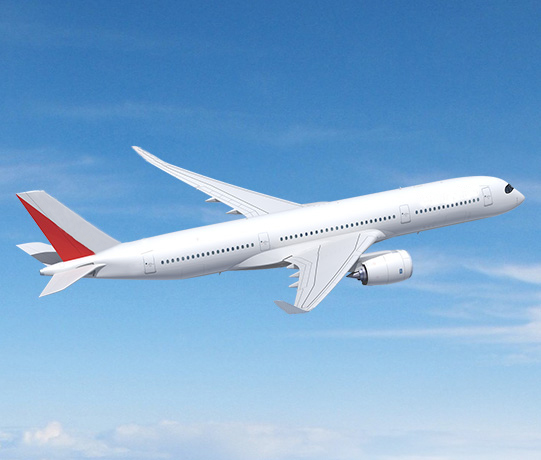 |
The Airbus A350’s all-new design includes the latest innovations in aviation that improve operational performance. The aircraft offers true long-range capability, more fuel efficiency, lower carbon emissions, and less noise versus previous-generation aircraft. It is also equipped with the most efficient aero-engine flying today. |
Engine: Two (2) Rolls-Royce Trent XWB Speed: 500 knots / 575 mph Capacity: 295 Passengers Number: 6 |
3. Airbus A330-300 (309-seater)
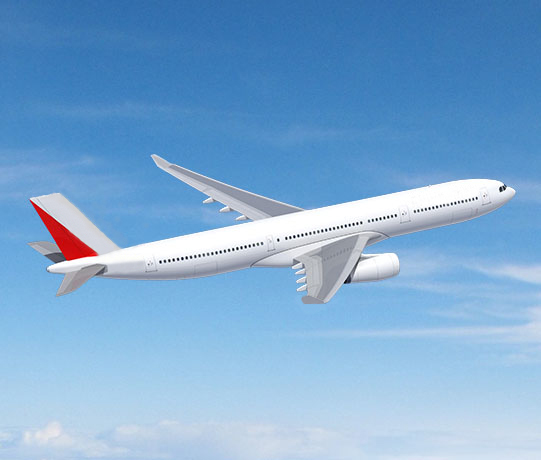 |
The A330 is part of the A330/A340 Family of fly-by-wire widebody aircraft. It is optimized for regional routes and most cost effective twin-aisle airliner ever built. |
Engine: Two (2) Rolls-Royce Trent 772B-60 Speed: 480 knots / 553 mph Capacity: 309 Passengers Number: 8 |
4. Airbus A330-300 (363-seater Domestic)
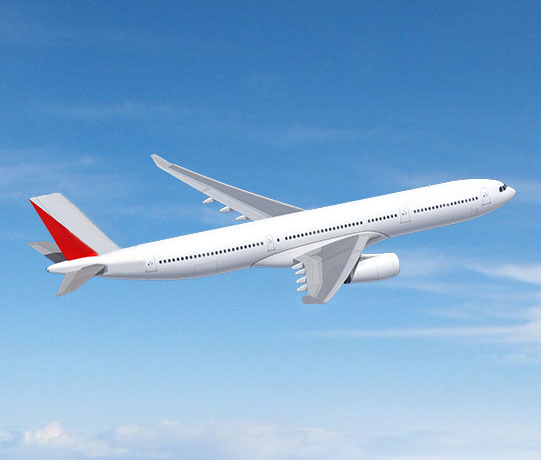 |
The A330 is part of the A330/A340 Family of fly-by-wire widebody aircraft. It is optimized for regional routes and most cost effective twin-aisle airliner ever built. |
Engine: Two (2) Rolls-Royce Trent 772B-60 Speed: 480 knots / 553 mph Capacity: 363 Passengers Number: 7 |
5. Airbus A330-300 (363-seater International)
 |
The A330 is part of the A330/A340 Family of fly-by-wire widebody aircraft. It is optimized for regional routes and most cost effective twin-aisle airliner ever built. |
Engine: Two (2) Rolls-Royce Trent 772B-60 Speed: 480 knots / 553 mph Capacity: 363 Passengers Number: 7 |
6. Airbus A321neo
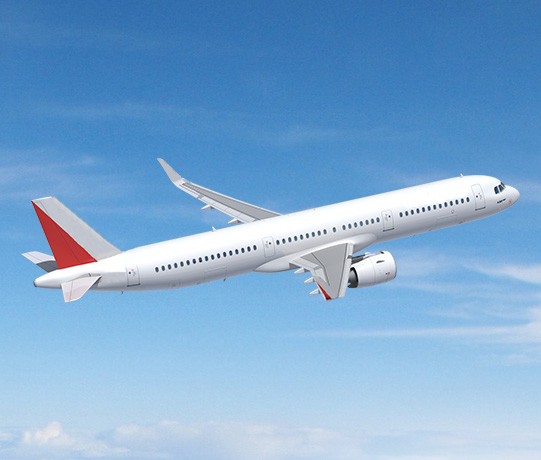 |
The industry-leading quality and efficiency of the Airbus A321neo has been further enhanced with its new engine option (NEO) jetliner version. The Airbus A321neo, with its new engines, generate less noise and carbon emissions while being more fuel efficient versus previous-generation aircraft. The aircraft can fly non-stop to long-haul destinations of up to 8 hours flight time. |
Engine: Two (2) Pratt and Whitney PW1133G-JM Speed: 458 knots / 528 mph Capacity: 168 Passengers Number: 6 |
7. Airbus A321ceo (Domestic)
 |
The Airbus A321ceo is the most efficient single-aisle jetliner ever built. Its stretched fuselage – measuring 146 feet or 23 feet longer than the A320 – makes the A321 the longest and widest (12 feet, 1 inch) among all single-aisle aircraft. It can accommodate more seats and cargo, providing enhanced passenger comfort. PAL ordered a total of 45 A321s, gradually replacing the A320s to comprise the short-range fleet. |
Engine: Two (2) IAE V2533-A5 Speed: 458 knots/528 mph Capacity: 199 Passengers (2-class layout) and 12 tons Cargo Number: 18 |
8. Airbus A320-200ceo (International)
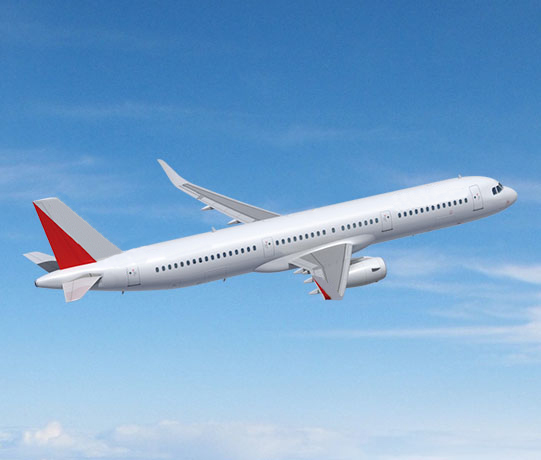 |
The Airbus A321ceo is the most efficient single-aisle jetliner ever built. Its stretched fuselage – measuring 146 feet or 23 feet longer than the A320 – makes the A321 the longest and widest (12 feet, 1 inch) among all single-aisle aircraft. It can accommodate more seats and cargo, providing enhanced passenger comfort. PAL ordered a total of 45 A321s, gradually replacing the A320s to comprise the short-range fleet. |
Engine: Two (2) IAE V2533-A5 Speed: 458 knots/528 mph Capacity: 199 Passengers (2-class layout) and 12 tons Cargo Number: 18 |
9. Airbus A320-200
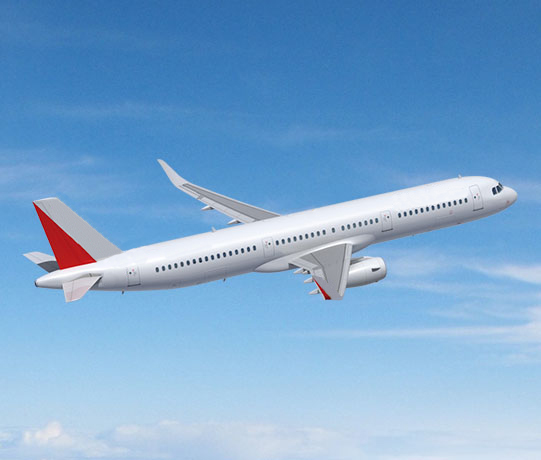 |
The A320 is the founding member of the A320 family, the world's first fly-by-wire jetliner family. The wide, comfortable cabin makes the aircraft popular with passengers and crew alike. |
Engine: Two (2) CFM International CFM56-5B Speed: 458 knots / 528 mph Capacity: 156 Passengers (2-class layout) and 7 tons Cargo Number: 7 |
Express Operating Fleet
1. Airbus A321ceo
 |
The Airbus A321ceo is the most efficient single-aisle jetliner ever built. Its stretched fuselage – measuring 146 feet or 23 feet longer than the A320 – makes the A321 the longest and widest (12 feet, 1 inch) among all single-aisle aircraft. It can accommodate more seats and cargo, providing enhanced passenger comfort. PAL ordered a total of 45 A321s, gradually replacing the A320s to comprise the short-range fleet. |
Engine: Two (2) IAE V2533-A5 Speed: 458 knots/528 mph Capacity: 199 Passengers (2-class layout) and 12 tons Cargo Number: 6 |
2. Airbus A320-200 (180-seater)
 |
The A320 is the founding member of the A320 family, the world's first fly-by-wire jetliner family. The wide, comfortable cabin makes the aircraft popular with passengers and crew alike. |
Engine: Two (2) CFM International CFM56-5B Speed: 458 knots / 528 mph Capacity: 180 Passengers Number: 6 |
3. Airbus A320-200 V1 (156-seater)
 |
The A320 is the founding member of the A320 family, the world's first fly-by-wire jetliner family. The wide, comfortable cabin makes the aircraft popular with passengers and crew alike. |
Engine: Two (2) CFM International CFM56-5B Speed: 458 knots / 528 mph Capacity: 156 Passengers (2-class layout) and 7 tons Cargo Number: 1 |
4. Airbus A320-200 V2 (156-seater)
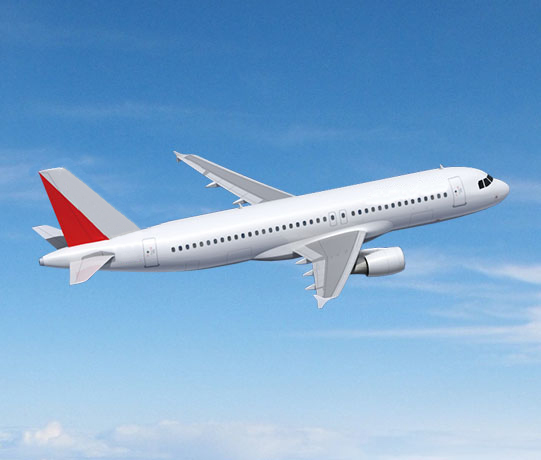 |
The A320 is the founding member of the A320 family, the world's first fly-by-wire jetliner family. The wide, comfortable cabin makes the aircraft popular with passengers and crew alike. |
Engine: Two (2) CFM International CFM56-5B Speed: 458 knots / 528 mph Capacity: 156 Passengers (2-class layout) and 7 tons Cargo Number: 5 |
5. Airbus A320-200 V2 (156-seater)
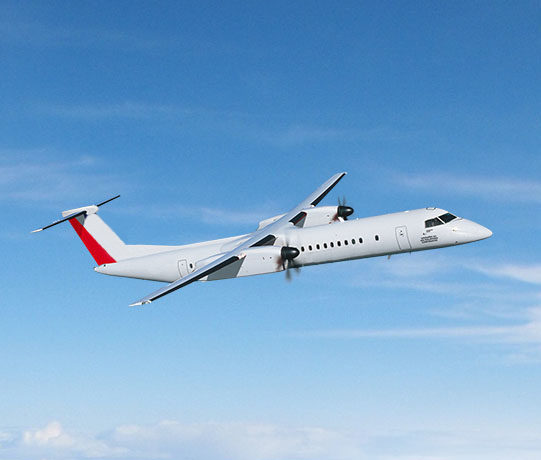 |
With the introduction of the Q400 NextGen aircraft, Bombardier invented the modern turboprop. Optimized for short-haul operations and seating up to 86 passengers, the aircraft is a large, fast, quiet and fuel-efficient turboprop that provides the perfect balance of passenger comfort, performance and operational flexibility with the lowest seat-mile costs in the short-haul regional market. With the flexibility to fly at both turboprop and jet-like speeds, the Q400 NextGen aircraft can be profitably deployed over short-range turboprop missions and in medium-haul jet markets. Now available in optional dual class, extra capacity and passenger-cargo combi configurations, the Q400 NextGen aircraft’s versatility positions it to again reshape the turboprop market through profitable growth. |
Engine: Two (2) Pratt & Whitney PW150A Speed: 360 knots/414 mph Capacity: 86 Passengers Number: 5 |